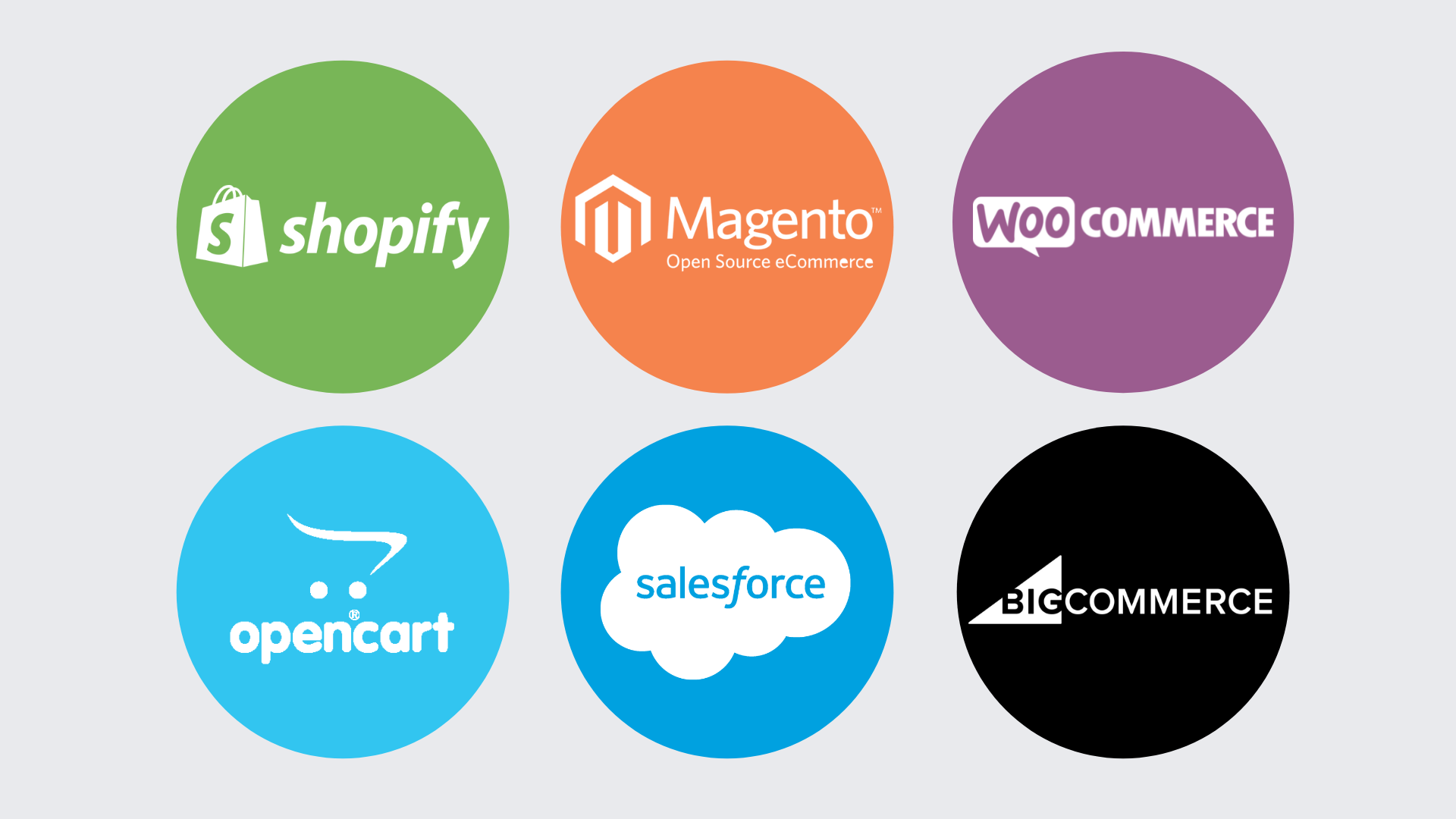Amazon vs Shopify: Difference between Amazon and Shopify
Online selling has seen phenomenal business growth, particularly in the past couple of years, hastened primarily due to the worldwide covid pandemic. For the most part, the growth has been largely vis
Aditya Pandey

Online selling has seen phenomenal business growth, particularly in the past couple of years, hastened primarily due to the worldwide covid pandemic. For the most part, the growth has been largely visible due to marketplaces like Amazon, Walmart, Flipkart (India) and even eBay (online auction portal) to name a few. Additionally, there has also been awareness among sellers to look for sales channels beyond Amazon. (For this discussion, I will use Amazon to label most marketplaces, such as Walmart, Flipkart or eBay). Those inquiries and demands have also grown significantly, during a covid pandemic. Dominating those discussions have been eCommerce platforms like Shopify, Magento, WooCommerce, BigCommerce and Salesforce Commerce Cloud, to name a few.
The underlying reasons for the increase in inquiry, and subsequent demand, could be varied. Be it expanding existing customer base, improving margins, enhancing customer experience, branding, or even the most obvious, mitigating the risk of having all eggs in one basket (or channel).
In this discussion, we will discuss and compare existing marketplaces, like Amazon, with established eCommerce platforms like Shopify (For this discussion, we will use Shopify to label most eCommerce platforms, including Magento, WooCommerce, BigCommerce and Salesforce commerce cloud), and also how to go about it. We will compare individual eCommerce platforms for a later discussion/blog).

Amazon and Shopify, a brief comparison
Amazon (and similar marketplaces)
- Amazon is an online marketplace that helps sell goods and services, either directly or as a middleman, to millions of its customers. Originally an online bookseller has now expanded to a wider variety of consumer goods and digital media, just to name a few.
- If you are an online seller/retailer, then Amazon Seller Account will help you to reach out to your potential customers. Amazon gives the seller a pipeline of qualified customers, whose credit card information they often have, and also have a reasonably higher conversion rate.
